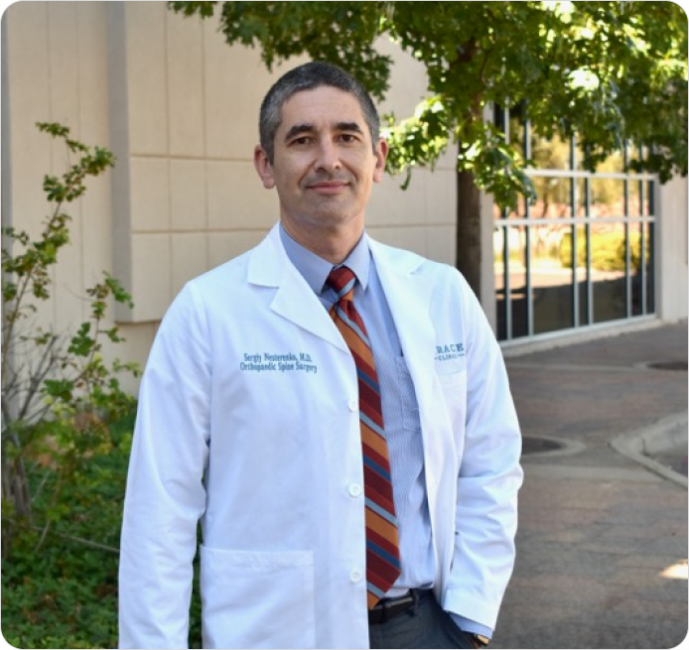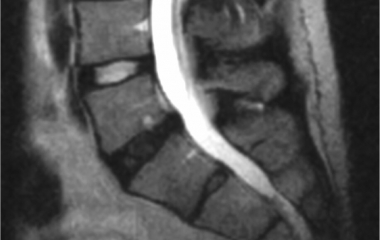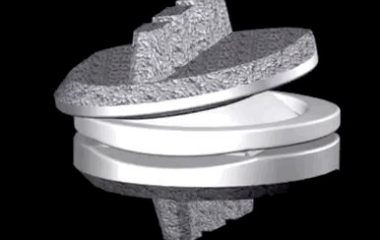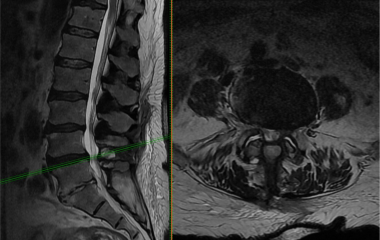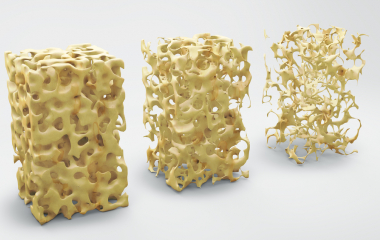Degenerative disc disease, frequently referred to as DDD, is a term that describes changes in the spinal disc occurring with age. Let us look at those changes, whether they may be the source of pain, and what treatments are available.
- Dr. Nesterenko
- Sergiy Nesterenko
Sergiy Nesterenko, M.D
Dr. Nesterenko is a fellowship-trained board certified orthopaedic spine surgeon.
He has experience in diagnosis and treatment of multiple conditions of the musculoskeletal system, which allows him to carefully differentiate between symptoms originating at the level of spine from diseases of other bones and joints.
Dr. Nesterenko treats a broad spectrum of spine pathologies with emphasis on degenerative conditions.
He uses both state-of-the-art minimally invasive and well established traditional technologies in spine surgery, while emphasizing the importance of exhaustive nonoperative treatment.
Dr. Nesterenko’s Education and Work Experience
- Dnipropetrovsk State Medical Academy, Ukraine. Graduated medical school in 2002 and completed his orthopaedic residency and fellowship by 2006.
- Mayo Clinic, Orthopaedic Biomechanics Laboratory, Rochester, MN. Two years of basic orthopaedic research undertaken from 2006 to 2008.
- Johns Hopkins Hospital, Baltimore, MD. Completed orthopedic residency from 2008 to 2013.
- Cleveland Clinic, Cleveland, OH. Completed combined orthopaedic-neurosurgical fellowship in spine surgery in 2013-2014.
- Grace Clinic, Lubbock, TX. Started spine surgery practice in 2014
Motion-sparing procedures is one of the current trends in spine surgery and likely will continue to prevail in the future. Among them, the cervical disc replacement is one of the best-developed and studied techniques. Let me give a quick overview of the surgery and who may benefit from it.
Laminectomy is an open surgical procedure that removes the lamina, a thin layer of bone that covers the spinal canal. It is done to relieve pressure from the nerves that causes pain, numbness or weakness.
Osteoporosisis a disease that decreases bone quality. It is a silent condition that often goes unrecognized unless it leads to fractures. Due to this risk, appropriate screening is needed. If a fracture has occurred, it may require surgical treatment.

